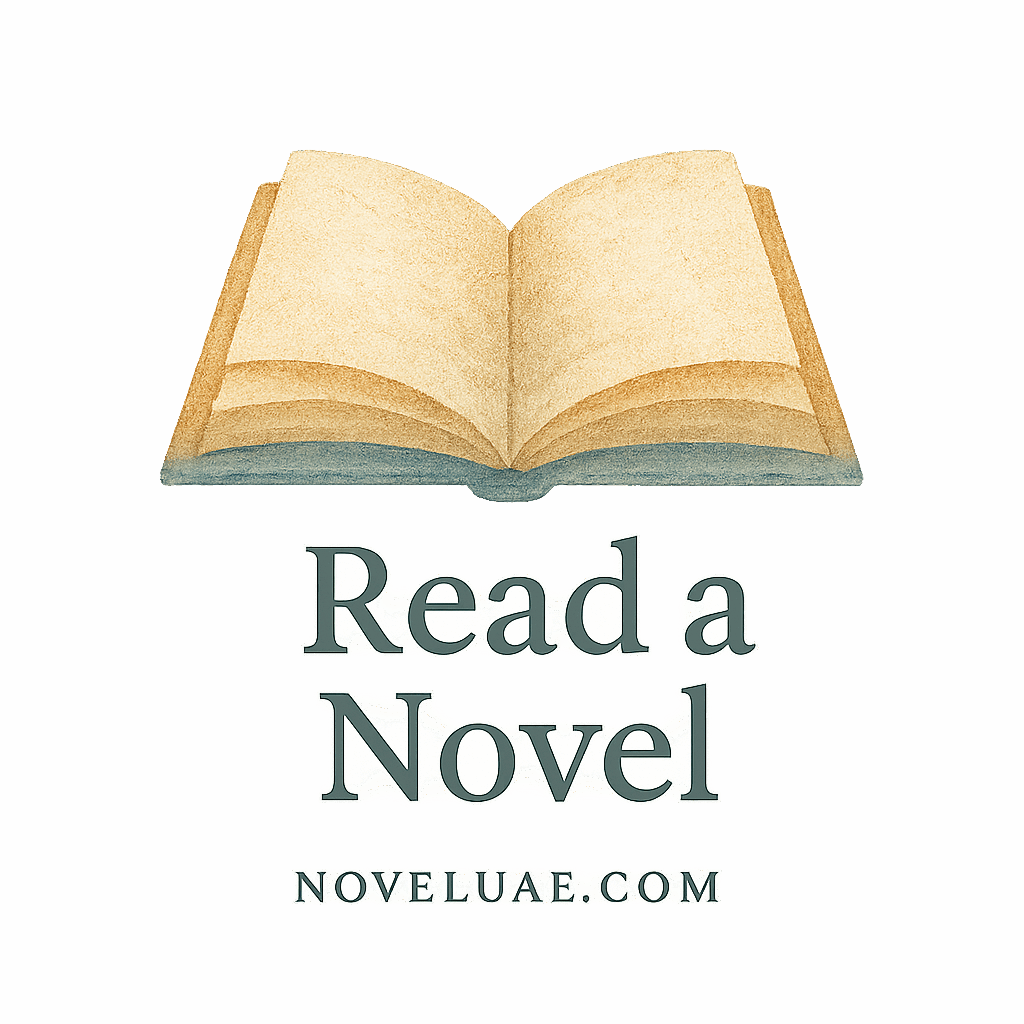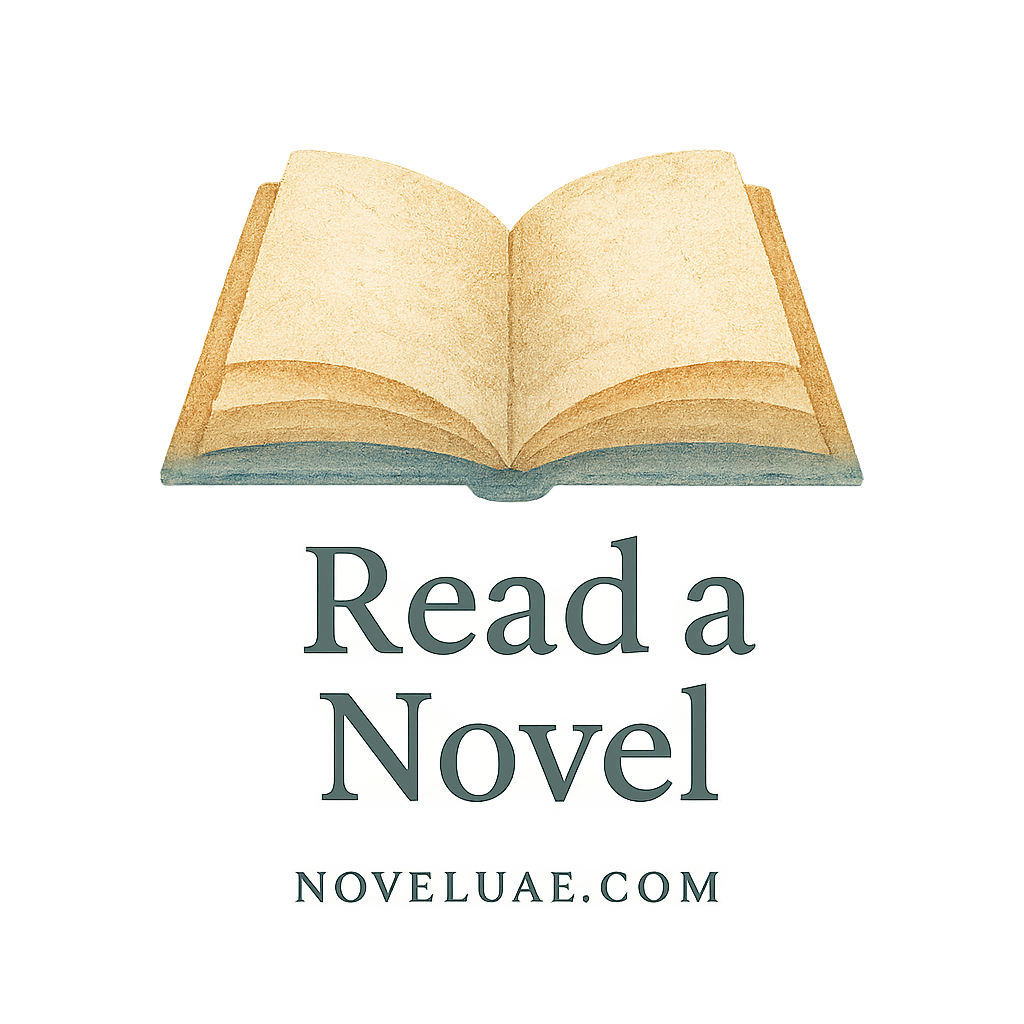Introduction: Why Conflict Matters in Every Story
Let’s be real—without conflict, novels would be boring. Imagine a story where everything goes perfectly. No tension, no stakes, no reason to turn the page. Conflict is the heartbeat of storytelling. It’s what pulls us in, keeps us guessing, and makes us feel something. Whether you’re a casual reader or diving deep into literary analysis, understanding how to interpret conflict will change the way you experience fiction.
And if you’re looking to dig deeper into novel elements, conflict interpretation is a solid foundation. You can explore more about the elements of novels here and how they interplay with genres and characters.
Ready? Let’s break down the five powerful ways to interpret conflict in novels—and why they matter so much.
1. Internal Conflict: The Battle Within
Understanding Emotional Depth
Internal conflict is when a character struggles within themselves. It’s that whisper of doubt, fear of failure, or battle between heart and mind. This type of conflict shows us who a character truly is. You’re not just reading about what they do—you’re diving into why they do it.
Take a moment to think about your own struggles. Maybe you’ve felt torn between two big life decisions. Now imagine a character in a novel going through that. Suddenly, their journey feels real.
Internal Conflict in Classic and Modern Novels
In classics like Hamlet, the protagonist’s internal dilemma drives the entire narrative. In modern stories, internal conflict often shapes character arcs, such as anxiety, imposter syndrome, or trauma.
Writers use internal conflict to mirror real-world issues. It’s also a core part of self-discovery, which you’ll often find in novels focused on growth and coming-of-age stories.
Link to Self-Discovery and Identity
You’ll find internal conflict prominently featured in beginner guides to novels because it’s a relatable, accessible theme. As characters discover themselves, readers often reflect on their own paths.
2. External Conflict: Man vs. the World
Society, Nature, and Other Forces
This is the classic setup: protagonist vs. antagonist, man vs. nature, or character vs. society. External conflict adds tension to the plot. It brings drama, danger, and urgency.
Whether it’s surviving a snowstorm, going to war, or challenging societal norms, external conflict creates stakes that are easy to see but deep in meaning.
The Role of External Conflict in Plot Mechanics
This kind of conflict drives the plot mechanics. It’s what gets the story moving. External challenges force characters to act—and those actions reveal who they are.
For a great breakdown of how genre shapes conflict, check out the genre-based novel insights.
Social Commentary Through Conflict
Ever read a dystopian novel and felt like it was talking about today’s world? That’s external conflict doubling as social commentary. It’s not just about action—it’s about making readers think.
3. Interpersonal Conflict: Clashing Personalities
Character-Driven Tension
Some of the juiciest conflicts come from character vs. character. Whether it’s best friends at odds, lovers torn apart, or rivals fighting for power—interpersonal conflict builds character depth.
You can spot this type of conflict in novels tagged with story tension and conflict. These stories thrive on relationships, reactions, and realism.
Romantic Conflict and Emotional Stakes
Romantic conflict especially drives the romance genre. Misunderstandings, love triangles, and emotional wounds create stories we can’t put down.
Conflict in Dialogue and Character Growth
Sharp dialogue often reflects interpersonal conflict. Writers show, not tell, using snappy exchanges to reveal deeper issues. These scenes are where characters—and readers—learn the most.

4. Philosophical Conflict: Ideals and Beliefs Collide
Morality and Ethics in Narrative Arcs
When characters disagree not just on what to do but on why—you get philosophical conflict. Think of superheroes debating justice, or leaders wrestling with freedom vs. control.
This type of conflict challenges both characters and readers to think critically about right and wrong.
Genre-Based Differences in Ideological Conflicts
In sci-fi, you might see humans vs. machines, raising questions about identity. In fantasy, you get kings vs. rebels, challenging tradition. In literary fiction, it might be two people clashing over life purpose.
To understand how these differences play out across genres, browse genre-specific tags.
5. Conflict as a Tool for Story Tension
Building Suspense and Engagement
Without conflict, there’s no suspense. Conflict keeps readers flipping pages at midnight. It introduces uncertainty—will they survive? Will they forgive? Will the truth come out?
This is where you see the link between conflict and reading struggles. Without strong tension, a book can feel flat.
Conflict as a Catalyst for Discovery
Conflict drives discovery. It forces characters to confront truths, face flaws, and grow. That growth is what makes endings feel satisfying.
From Anxiety to Resolution: Emotional Payoff
Many readers experience anxiety during tense scenes, only to feel relief when things resolve. That emotional rollercoaster is part of what makes reading addictive.
How to Analyze Conflict in Your Reading List
Beginner Tips for Spotting Conflict Types
Not sure where to start? If you’re new to reading, our beginner’s guide to novels can help you recognize common conflict types and how they influence story direction.
Conflict Tags to Track for Better Novel Selection
When choosing what to read next, pay attention to tags like conflict, story structure, and plot mechanics. They’ll help you find books with strong, engaging conflict.
Why Interpreting Conflict Makes You a Better Reader
Reading Strategies to Understand Story Structure
Mastering conflict analysis makes it easier to grasp overall story structure. You’ll start to see how every plot twist, character flaw, and emotional scene ties together.
Check out these helpful reading strategies for novels to elevate your approach.
How Conflict Affects Genre Interpretation
Romance, thrillers, historical fiction—they all use conflict differently. Once you start interpreting those differences, you’ll appreciate genre fiction on a whole new level. For personalized suggestions, visit novel selection recommendations.
Conclusion
Conflict isn’t just a plot device—it’s the soul of storytelling. Whether it’s internal struggles, external battles, or ideological wars, every novel uses conflict to drive emotion and meaning. By learning to interpret conflict in different forms, you not only enjoy stories more—you become a smarter, more insightful reader.
And the next time you’re browsing noveluae.com, take a moment to think: What kind of conflict do I want to explore next?
FAQs
1. What is the most common type of conflict in novels?
The most common is internal conflict because it creates emotional depth and makes characters feel real.
2. How do I know if a novel has strong conflict?
Look for tension, unresolved issues, and stakes. If a book keeps you engaged, chances are it has well-developed conflict.
3. Can a story have more than one type of conflict?
Absolutely! Most great stories combine internal, external, and interpersonal conflicts for maximum impact.
4. Are some genres better for conflict-rich stories?
Thrillers, dramas, and romance often focus heavily on conflict, but even quieter genres like literary fiction use it subtly.
5. How does conflict affect pacing in a novel?
Strong conflict speeds up the pace and keeps the reader hooked, while poor conflict slows things down.
6. Where can I find books based on specific conflict themes?
Explore the recommendations section on NoveluAE or browse by tags like conflict and story tension.
7. What if I struggle with identifying conflict in novels?
Start with beginner-friendly resources like this guide and focus on how characters respond to obstacles.


